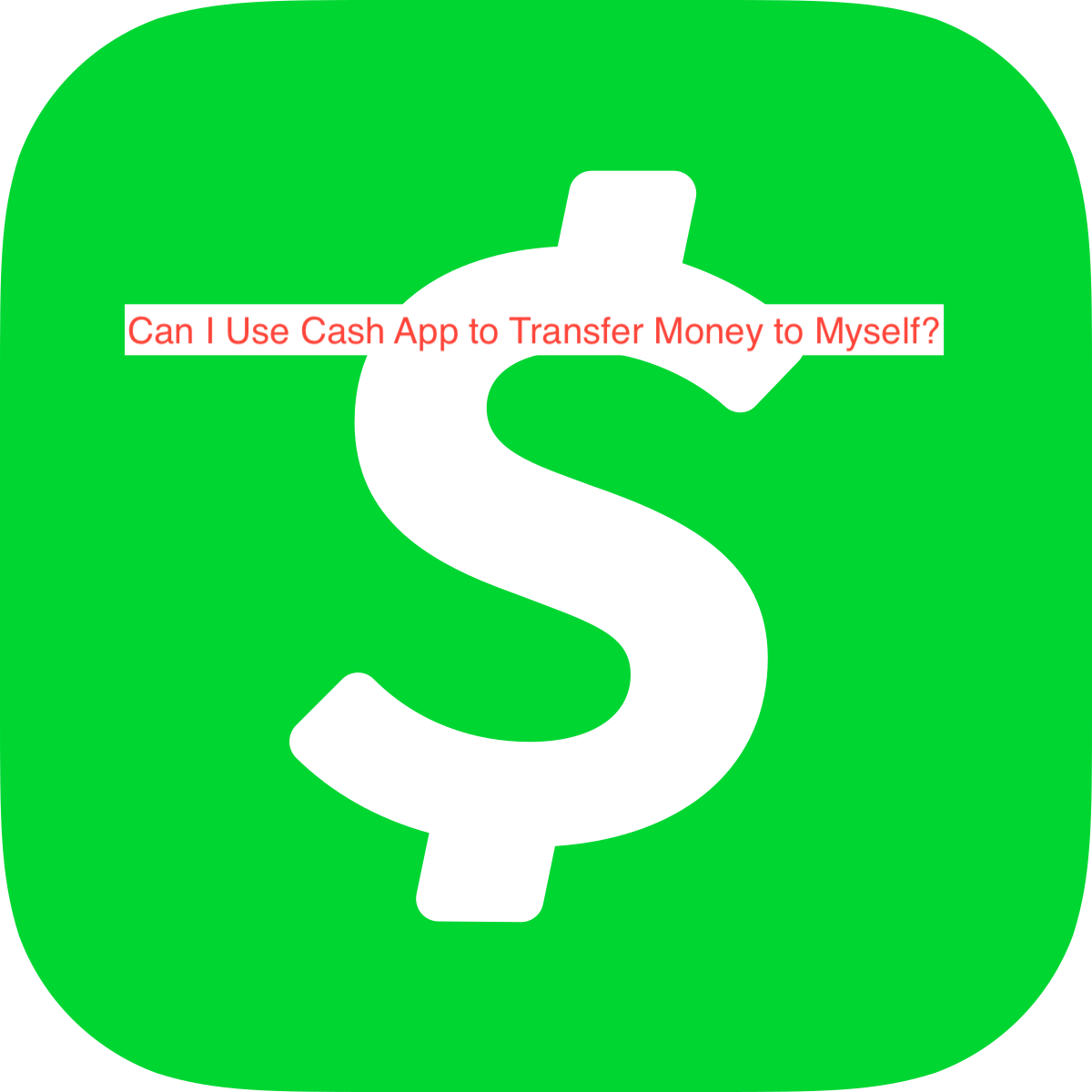Cash App is one of the largest mobile payment apps in the United States right now, and it has a plethora of features that make it a better version of your bank app. With features that make it possible to transfer money, receive money, and even trade crypto, there’s very little more to ask for.
One question new users keep asking is if you can use the Cash App service to transfer money to yourself. When you analyze the question, you’ll notice that it’s not a very straightforward one. There are so many interpretations that it’s impossible to give a simple yes or no answer.
In this article, I’ll analyze every possible meaning of transferring money to yourself on the Cash App. Then, I’ll try to answer the “can I use Cash App to transfer money to myself?” question in the most straightforward way possible.
Can I Use Cash App to Transfer Money to Myself?
The answer to this question depends on what you define as “transferring money to yourself.” Many scenarios fit that definition if were thinking the same, and the vast majority of them are possible, especially if you’re looking to use workarounds.
When talking about using Cash App to transfer money to oneself, what immediately comes to my mind is transferring money between two Cash App accounts that belong to the same person. While that’s technically possible, it goes against the policies of the app.
The workaround to transferring money between two Cash App accounts that belong to you is creating a second unverified account. After creating that, you can transfer money from either account to the other, which counts as transferring money to yourself on Cash App.
However, I’m struggling to come up with a scenario where you’ll need to do that. I’m not sure if I’ve ever had to do that, and you’d have to be in some uniquely specific scenario to ever want to transfer money from a Cash App account you own to another one you also own.
A more plausible scenario when you may need a feature that allows you to transfer money to yourself is when you’re moving money from Cash App to your bank account. That’s a feature that most people have had to use, and it’s understandable if you need it.
However, you don’t need any workarounds to go about that; Cash App has a cash-out feature that lets you transfer money from your balance directly to your bank account. It works on verified accounts only, and you can only transfer money to a bank account that you’ve linked to your Cash App.
The rest of this article will be focused on showing you how to go about both scenarios. Firstly, you’ll learn how to use the cash out feature to transfer money to your bank account, and then I’ll show you how to create another Cash App account to send money to your existing account if that’s what you need.
How to Transfer Money to Yourself on Cash App by Cashing Out
As explained earlier, the Cash App feature on Cash App makes it possible to transfer money from the mobile payment app to your bank account easily. Unless you’re trying to speed up the process, it’s entirely free, and it only involves linking your bank account to your Cash App.
Linking your bank account to your Cash App account is also free and takes only a couple of minutes. You only need to head over to the My Cash tab and select the “+Add Credit Card” option. Enter all the necessary details and hit “Done” to finish adding a card bank account to your Cash App account.
To verify that you indeed own the account, Cash App may make some transactions on your account and ask you to confirm how much was involved. Don’t worry, you won’t lose any money from the transactions; Cash App will return any amount that was deducted from your account.
After confirming that you indeed have a bank account or credit card linked to your Cash App account, you can follow the steps below to transfer money to yourself on Cash App.
- Open Cash App on your smartphone and select the Banking tab from the bottom row. You should see an option that reads “Cash Out” from the resulting screen.
- Select the Cash Out option and specify how much you intend to cash out. You can cash out as little as $1, and there’s a very low chance that you’ll be hitting the upper limit.
- After indicating how much you intend to cash out, Cash App will ask you to select the deposit speed. You can choose from the Instant Deposit and the Standard Deposit options. The latter makes the transaction instant for a charge, while the latter may take up to three days, but for free.
- At this point, you’ll be required to authenticate the transaction using your fingerprint scanner or by entering your Cash App PIN. After completing that, you can wait for the money to arrive in the destination account.
On the other hand, you can go ahead with creating another Cash App account if that’s what you mean by using Cash App to transfer money to yourself. However, you shouldn’t try verifying the account because Cash App policies don’t support holding multiple accounts at the moment.
After creating the account, you can transfer money to yourself all you want. However, you may want to keep in mind that unverified accounts can only send and receive up to $250 and $1,000 respectively. If you plan to do something huger, you may want to look for a way to verify both accounts.
READ MORE: How Do I Withdraw Money from Cash App without Card
READ MORE: Can You Use Cash App without a Bank Account? Here’s the Answer
Conclusion
If you’re looking to transfer money to a bank account you own from a Cash App account you own, you can do that using the built-in cash out feature. However, transferring from a Cash App account you own to another one you own is one scenario that I find pretty difficult to imagine.
If you also mean sending money from a Cash App account to the same Cash App account, well, I’m just discovering right now that I’ve not considered that scenario yet.

